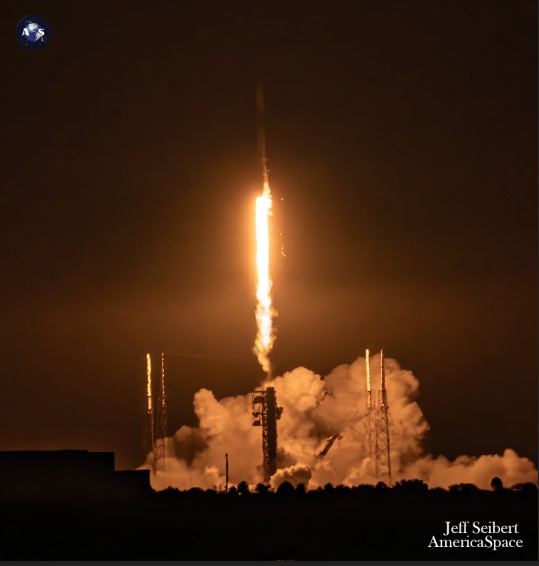

In a year that has already seen record after record broken, SpaceX successfully launched its Falcon 9, the most flown to date, at 8:32 p.m. EDT on Friday. outside the historic Space Launch Complex (SLC)-40 at Cape Canaveral Space Force Station, Florida. For the twenty-first time, the booster with the tail number “B1062” flew: a vehicle whose 3.5 years of active service have allowed it to launch more than 500 discrete payloads into orbit, including two crew transport missions, two geostationary communications and a pair of Block. III Global Positioning System (GPS) navigation and timing satellites for the US Space Force


Meanwhile, the long-delayed crew flight test (CFT) launch of Boeing's CST-100 Starliner spacecraft atop a United Launch Alliance (ULA) Atlas V booster from neighboring SLC-41 has been delayed again, now targeting Not Before (NET) 3:09 pm EDT on Saturday, May 25. Teams continue to work on shutdown procedures to establish a justification for the flight following the detection last week of a small helium leak associated with a flange on a thruster of the single reaction control system in the Starliner service module.
Weather conditions for B1062's record launch were decidedly iffy by Friday night, ranging between 75 percent acceptability and a high of 95 percent, with a northward-moving frontal boundary threatening to generate enough moisture. for rains and storms. Key issues centered on a possible violation of the Cumulus cloud rule and the Anvil cloud rule.
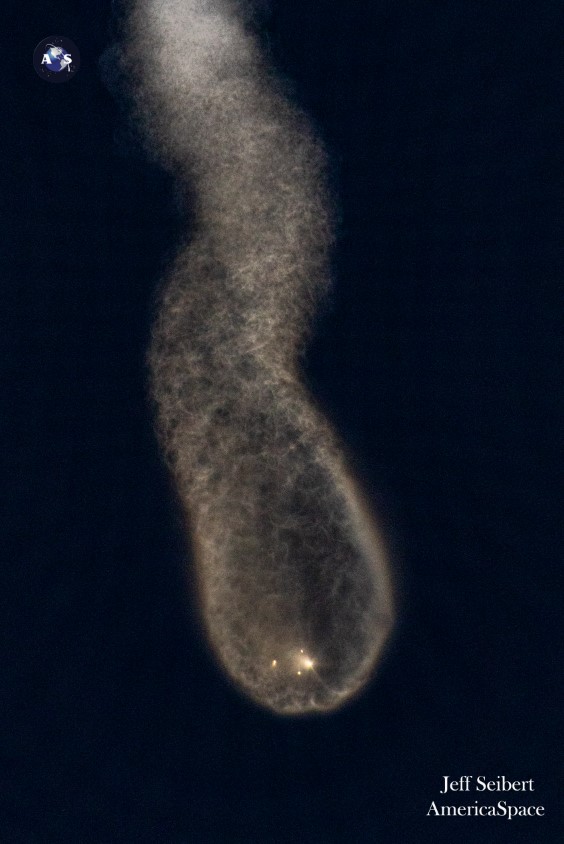

B1062 jumped from SLC-40 just in time for its 21st flight in 42 months, advancing smoothly uphill under the power of nine Merlin 1D+ engines. Eight and a half minutes later, it landed again on the spacious deck of the autonomous spaceport drone ship (ASDS), “A Shortfall of Gravitas,” offshore in the Atlantic Ocean. Meanwhile, the second stage executed a long “burn-up” of its own Merlin 1D+ Vacuum engine to insert the primary payload of 23 Starlink Internet communications satellites into low-Earth orbit, deploying them 65 minutes into last night's flight.
As a network, Starlink enables the delivery of high-speed, low-latency Internet to more than 70 sovereign nations and international markets in North and South America, Europe, Asia, Oceania and Africa. Last week, the Hawthorne, California-based launch services provider announced that Starlink connectivity is now available in Uruguay, bringing the total number of nations or sovereign regions that will receive coverage to 76.
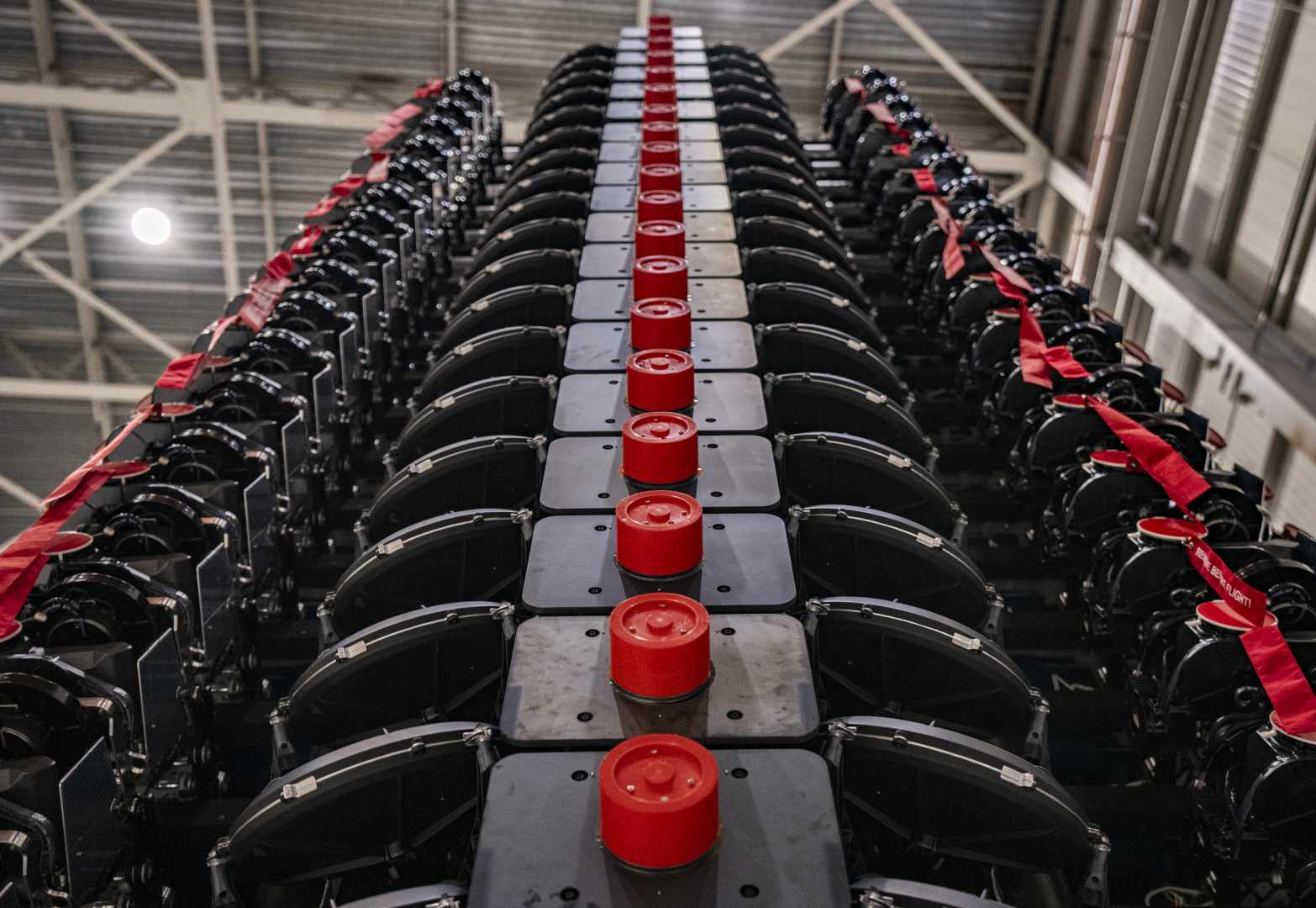

The small V2 Mini satellites, flew for the first time in February last year, have three to four times more “usable” bandwidth than previous versions of Starlink. “The V2 Minis include key technologies, such as more powerful phased array antennas and the use of E-band for backhaul, that will allow Starlink to provide 4 times more capacity per satellite than previous iterations,” SpaceX explained. “Among other improvements, the V2 Minis are equipped with new argon Hall thrusters for in-orbit maneuvers.”
Florida-based intercity operator Brightline adopted Starlink on its trains in 2023, the first passenger rail service in the world to do so. Additionally, El Salvador's Ministry of Education has begun integrating Starlink capability into its schools to help close the digital divide between remote urban and rural communities and 50 Rwandan schools are now connected via high-speed Internet service. Starlink speed. As of April, Starlink reportedly had around 2.7 million registered subscribers or customers worldwide.
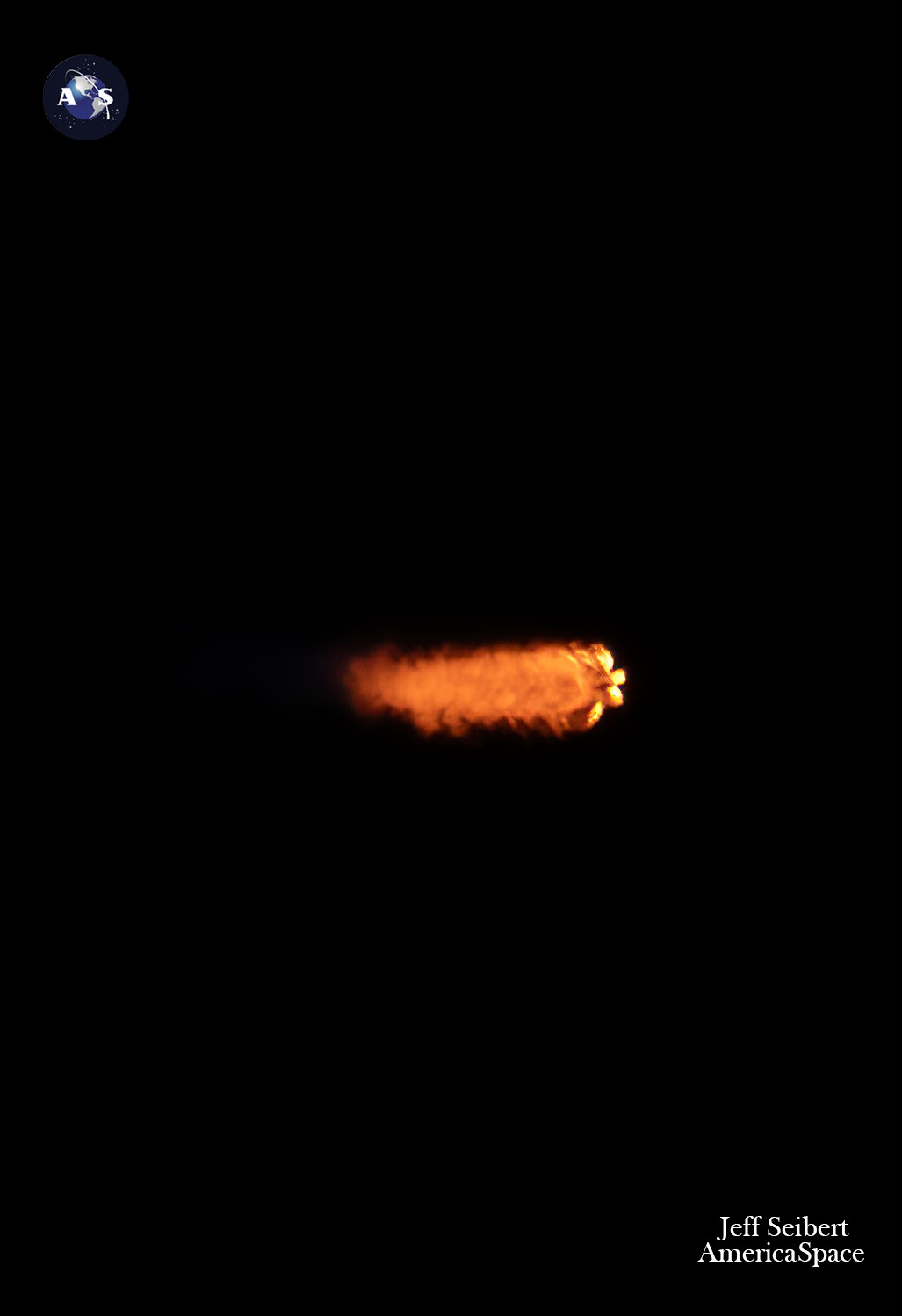

Looking back, it is extremely remarkable that the thrusters have achieved such high levels of reusability in a comparatively short period of time. Just in March 2017 Did SpaceX reuse a Falcon 9 core that had flown before for a second launch?
Those numbers increased rapidly as drivers achieved increasing numbers of missions and consolidated increasing levels of maturity. The boosters achieved the third flight for the first time in December 2018, the fourth in November 2019fifth in March 2020sixth in August 2020seventh in November 2020eighth in January 2021nineth in March 2021tenth in May 2021eleventh in December 2021twelfth in March 2022thirteenth in June 2022 and the fourteenth and fifteenth of September and December 2022.
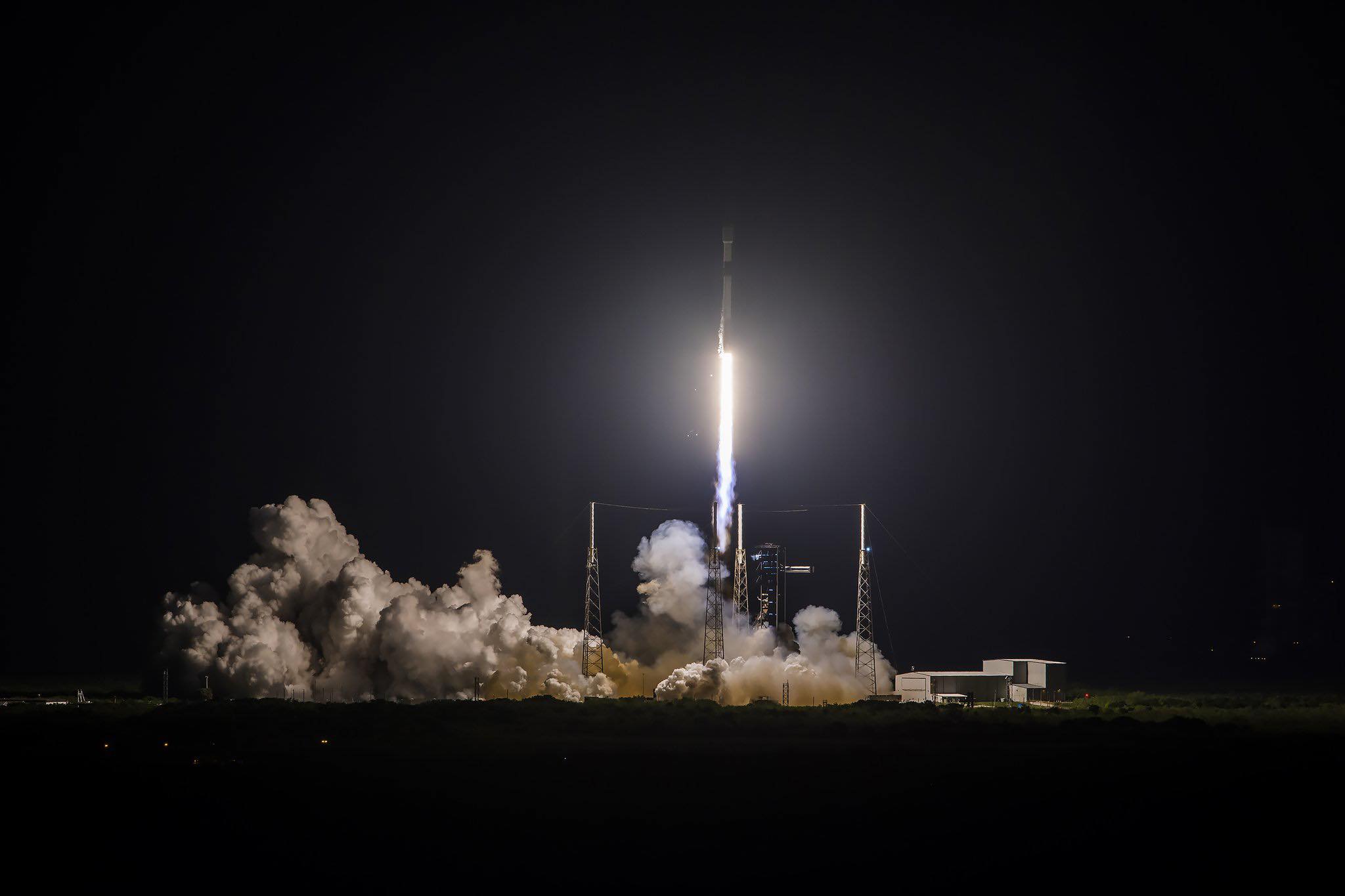

With boosters initially certified by SpaceX for only 15 missions, the “active” status of two fleet leaders was suspended for six months in the first half of last year while recertification began to extend their operational life to 20 flights. Veteran B1058 logged a record-breaking sixteenth mission. last julyone seventeenth in Septemberone eighteenth in November and a nineteenth a few days before christmas.
Unfortunately, that nineteenth launch turned out to be the last, as although the mission was successful, rough seas and winds caused it to fall onto the deck of the Autonomous Spaceport Drone Ship (ASDS) during its post-launch recovery and transit. flight back to port. and she was lost. Since then, in recent weeks three more reinforcements…including B1062 itself—became the first in the Falcon 9 fleet to reach its lifetime 20th launch.
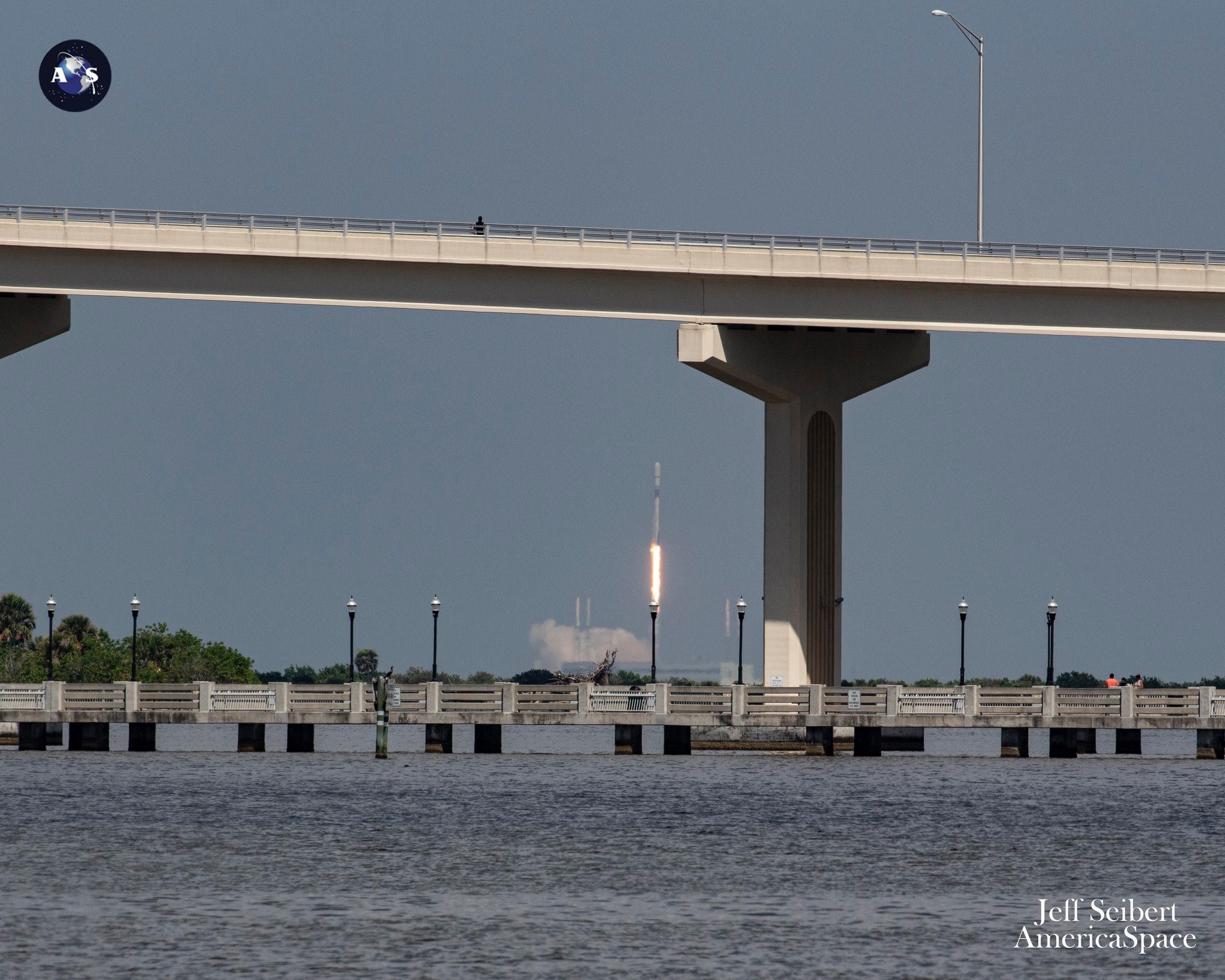

With SpaceX now aiming to fly individual birds up to 40 times, on Thursday SpaceX announced its intention to fly B1062 for a record 21st time, targeting a wide three-hour “window” on Friday night from 8:00 a.m. 32 pm EDT until 11:00 pm. :30 pmEDT. Additional opportunities became available Saturday evening, beginning at 8:06 p.m. EDT, and the East Coast-based unmanned ship, “A Shortfall of Gravitas,” put to sea from Port Canaveral near the end of the week.
B1062 re-entered service in November 2020 get up the fourth navigation and timing satellite of the Block III Global Positioning System (GPS III-04) to Medium Earth Orbit (MEO) for the US Space Force, followed by GPS III-05 in June 2021. And during 2022, he logged eight missions, the most ever recorded by a single Falcon 9, notably flying twice in April of that year alone. and setting a new (still intact) empirical record of just 21 days between flights of the same orbital-class booster.
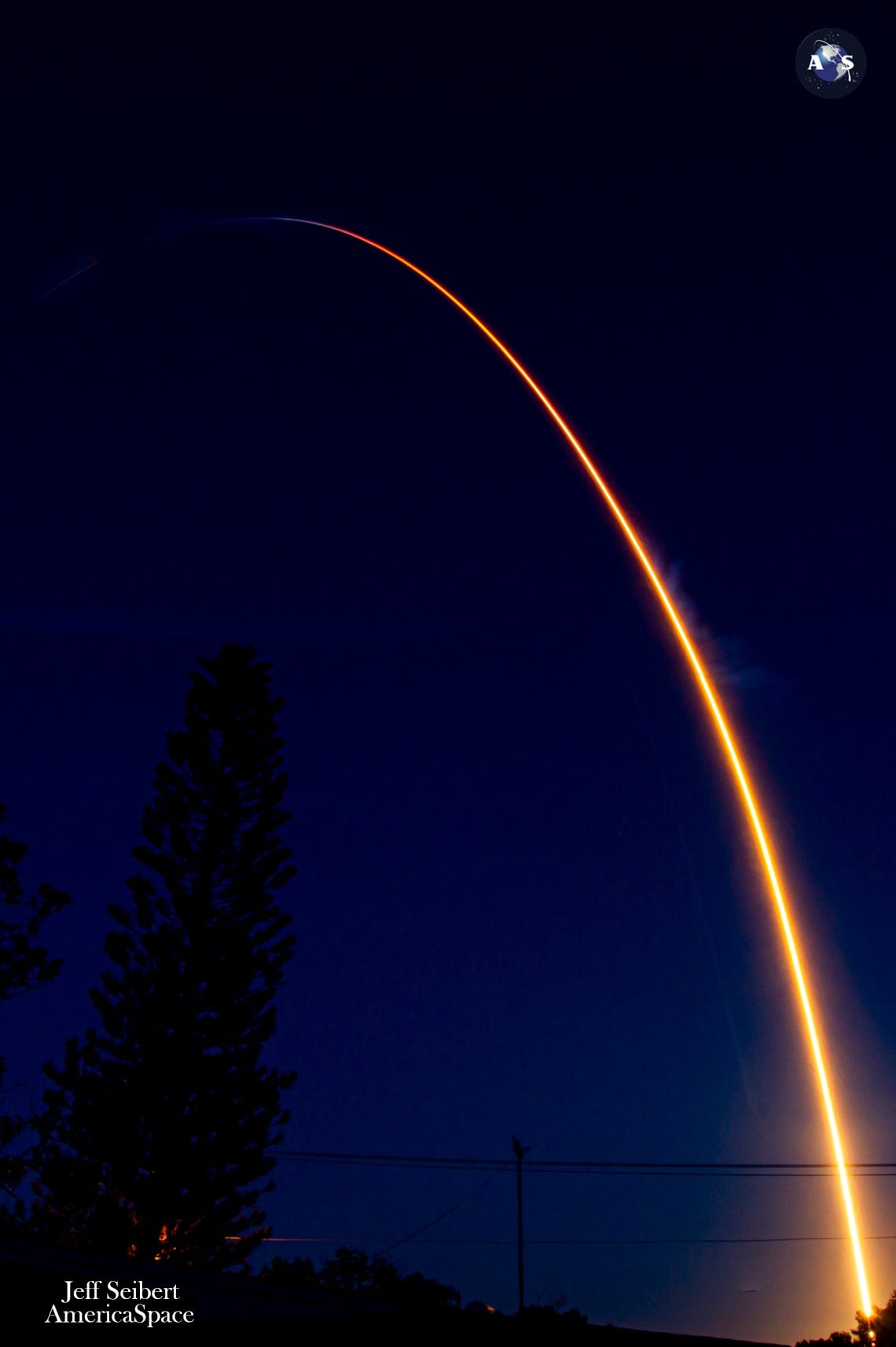

B1062 is among a handful of vehicles that have launched two human crews. She flew Inspiration4's historic, all-civilian crew by Shift4Payments billionaire Jared “Rook” Isaacman, Sian Proctor, Chris Sembroski and Hayley Arceneaux in September 2021 and launched the Ax-1 to astronauts Mike López-Alegría, Larry Connor, Mark Pathy and Eytan Stibbe. on AxiomSpace, Inc.'s first fully private mission to the ISS, in April 2022.
Adding to those impressive credentials, B1062 has lifted more than 500 Starlink Internet communications satellites in 13 missions, plus a pair of geostationary communications satellites: Egypt's Nilesat-301. in June 2022 and Saudi Arabia's Arabsat-7B (also known as BADR-8) last may—As well as 40 broadband satellites for OneWeb, based in London, England. All but one of its 21 missions. ended with millimeter-precision Autonomous Spaceport (ASDS) unmanned spacecraft landings, making B1062, as of now, the Falcon 9 record holder for the highest number of successful landings on the high seas.
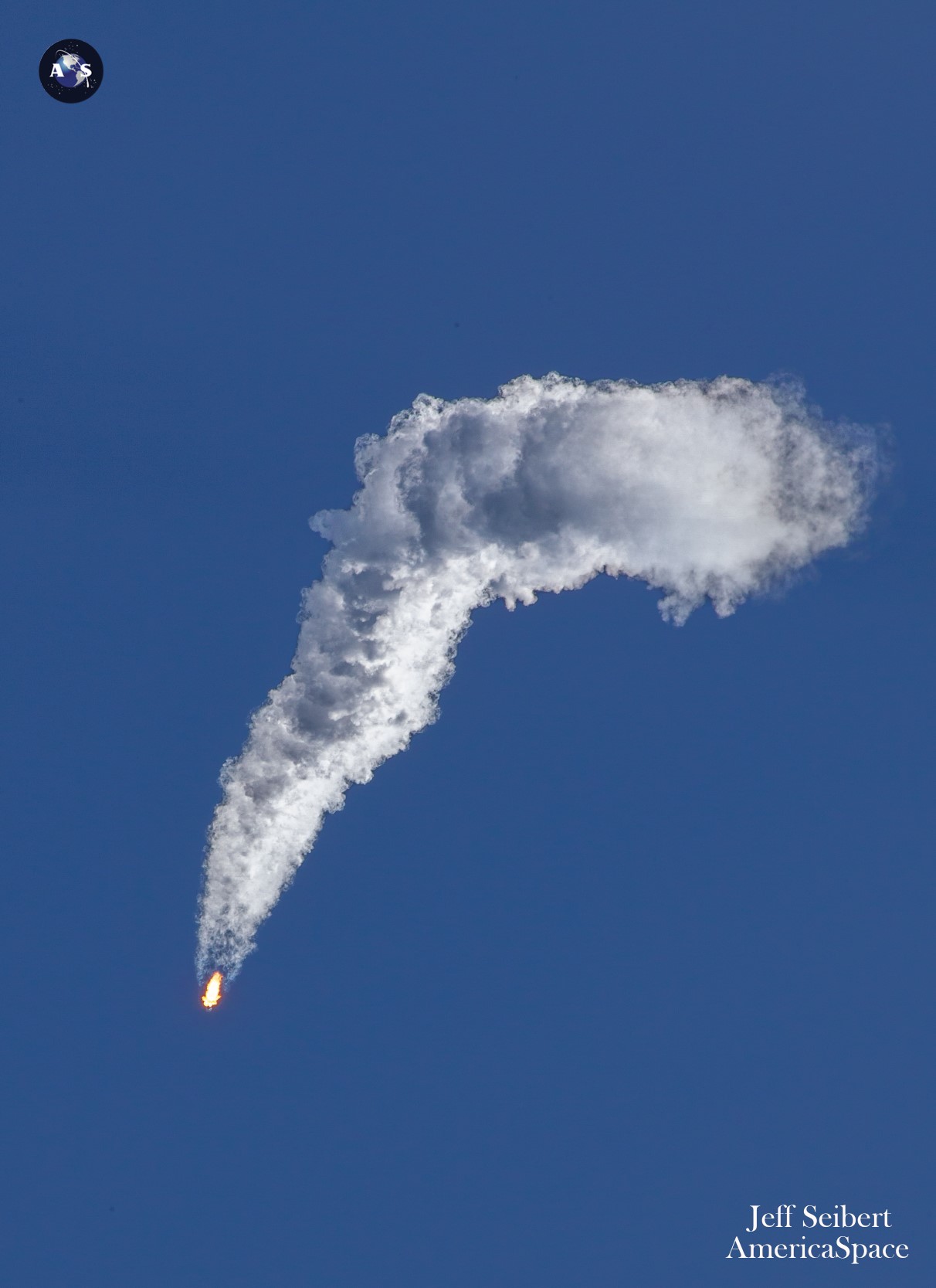

Meanwhile, the launch of a 172-foot-tall (52.4-meter) United Launch Alliance (ULA) Atlas V booster from neighboring Cape SLC-41 for the long-awaited Crew Flight Test (CFT) of Boeing's CST-100 Starliner spacecraft has been further delayed, as teams now target No Before (NET) at 3:09 p.m. EDT on Saturday, May 25. Veteran NASA astronauts Barry “Butch” Wilmore and Suni Williams will launch to the International Space Station (ISS) aboard Starliner, where they will spend at least eight days “docked” execute a complex program of flight test objectives before returning to a parachute- and airbag-assisted landing in the western United States.
After being cleaned two hours before launch.—with Wilmore and Williams already aboard Starliner—on the afternoon of May 6, following observations of a faulty oxygen relief valve in the twin-engine Centaur (DEC) upper stage of the Atlas V, the mission was realigned to fly as early as 6:16 pm EDT on the 17thbefore slipping again until no earlier than (NET) at 4:43 pm EDT on the 21stdue to a helium leak in the Starliner service module that was later traced to a flange on a single reaction control booster.
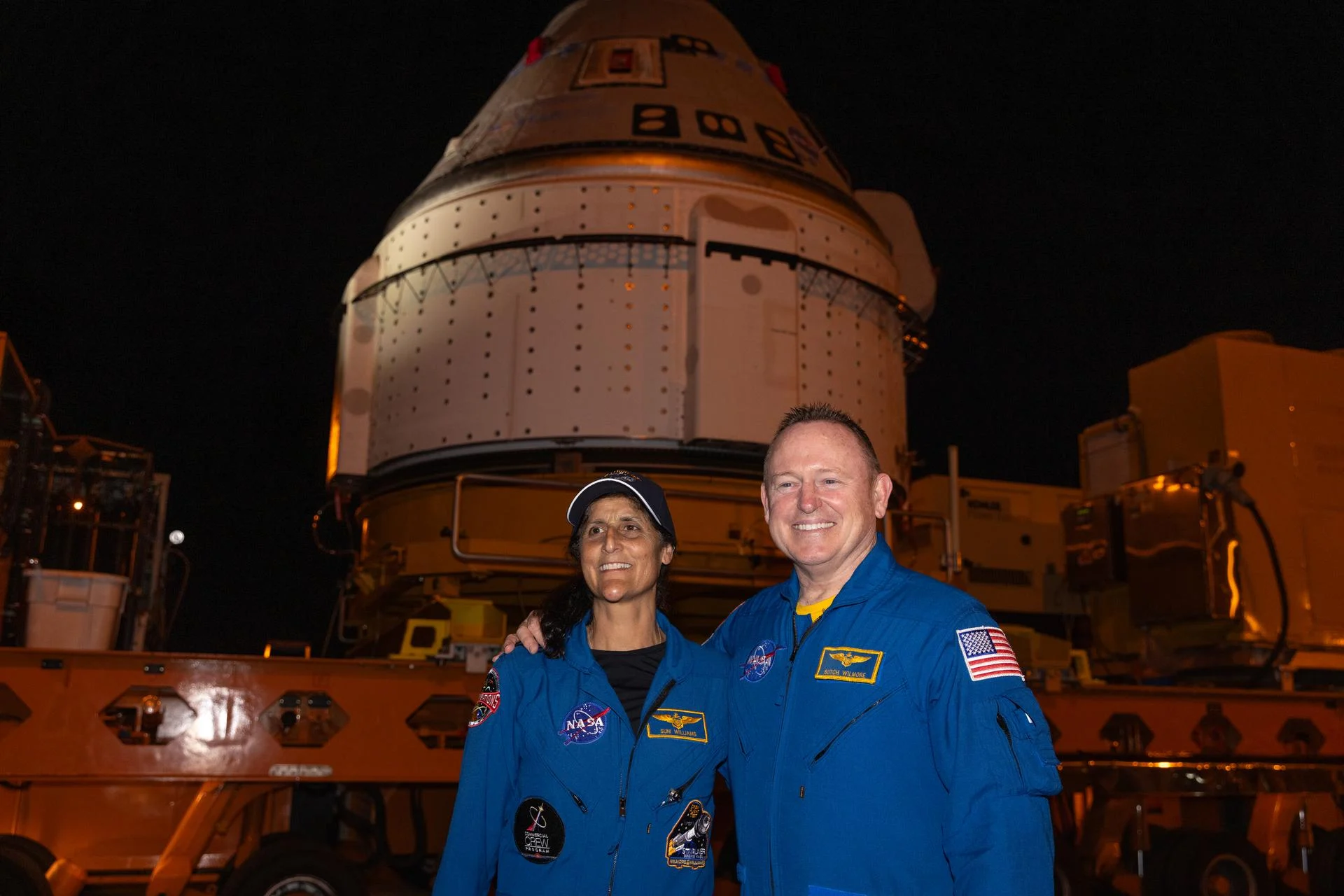

That delay was extended Friday night, when NASA announced that teams would “take more time” to work on shutdown procedures and flight rationale before a new launch attempt. “Pressure tests conducted on May 15 on the spacecraft's helium system showed that the flange leak is stable and would not pose a risk at that level during flight,” NASA reported on its website.
“The tests also indicated that the rest of the propulsion system is effectively sealed throughout the service module,” it added. “Boeing teams are working to develop operating procedures to ensure the system retains sufficient performance capability and adequate redundancy during flight.”











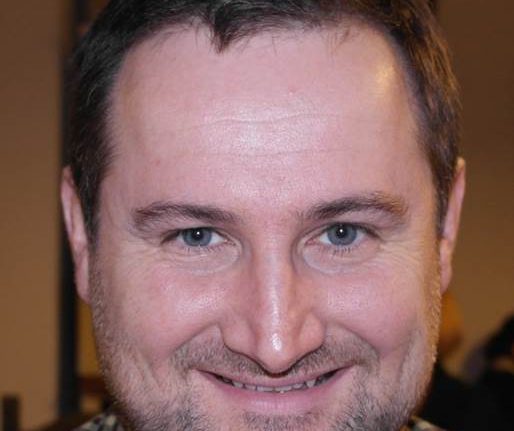

Leave feedback about this